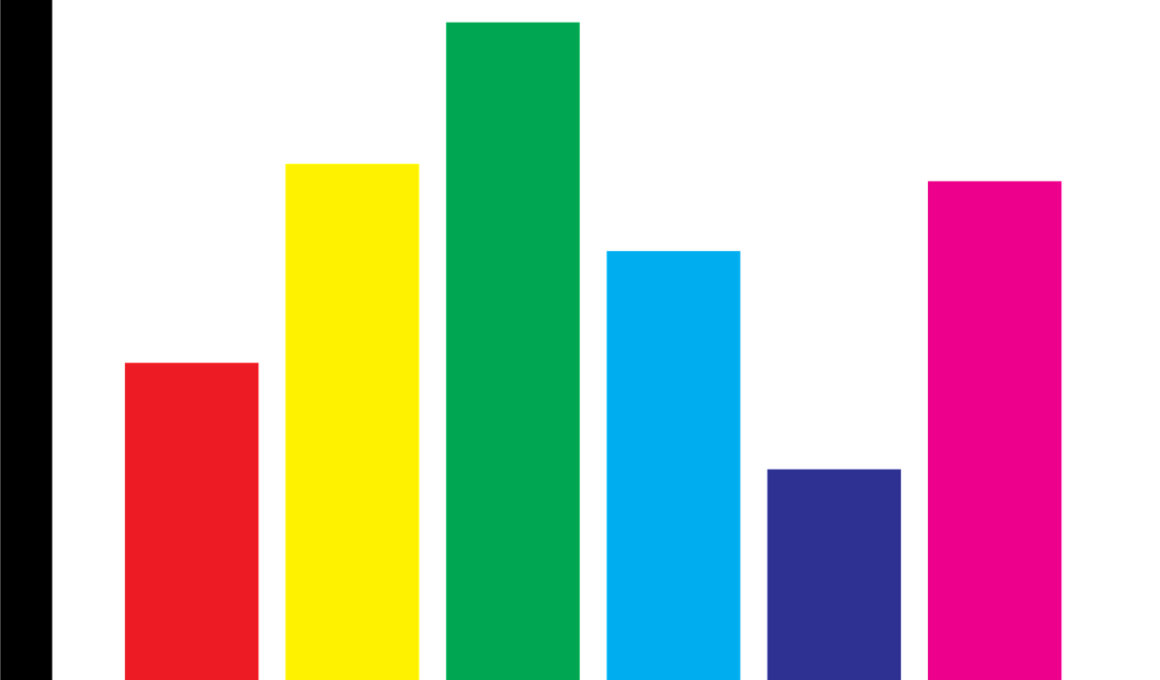How Data Visualization is Evolving in Financial Services UX
In recent years, data visualization has emerged as a crucial element in enhancing the user experience (UX) within the financial services sector. As financial data becomes increasingly complex, organizations are realizing the necessity of presenting this information in a visually coherent manner. This transformation is pivotal, as effective data visualization not only improves understanding but also facilitates better decision-making by clients. With advancements in technology, financial institutions can leverage tools that transform raw data into infographics, charts, and other visual formats that convey insights at a glance. Clients now expect an intuitive interface that enables them to access critical data swiftly and accurately. The adoption of data visualization strategies directly impacts customer satisfaction and engagement, leading organizations to prioritize user-centric design. By walking the fine line between data accuracy and visual representation, companies are crafting experiences that are both informative and aesthetically pleasing. As such, this article will delve deep into the evolving trends in financial UX/UI, showcasing how data visualization is revolutionizing the financial landscape as a formidable tool for enhanced client interaction and improved services all around.
This increasing reliance on data visualization is partly due to the growing demand for real-time information in financial transactions. Investors and clients now seek instantaneous insights that allow them to act fast. The modern financial landscape requires that institutions provide their clients with analytical tools that summarize vast datasets while ensuring ease of comprehension. Firms have begun incorporating innovative design techniques, such as color coding, dynamic charts, and responsive dashboards, that foster an engaging UX. Additionally, gamification plays a powerful role in this sector, turning data interaction into a more enjoyable experience. Companies like Mint and Robinhood are already leading the way in utilizing this strategy, demonstrating how financial data can be presented in a way that captivates users. UX designers and data analysts are collaborating to create harmonious interfaces that are user-friendly and informative. Increasingly, personalization is at the forefront, allowing users to tailor visualizations according to their preferences. This trend signifies that users are no longer passive consumers of data but are instead actively engaging with it.
The Role of AI in Financial Data Visualization
Artificial intelligence (AI) is playing a transformative role in enhancing financial data visualization. Through machine learning algorithms, financial services can analyze historical data and user behavior to create predictive models. These models help visualize trends and potential future scenarios, thus informing clients about investment strategies and associated risks. AI-driven tools can automatically generate visual content based on large datasets, making it streamlined and effortless for financial analysts. The integration of AI ensures that visual insights are not only accurate but also tailored to meet individual user needs. Furthermore, the technology can identify anomalies that might require immediate attention, allowing users to react promptly to market changes. Chatbots equipped with AI are now complementing data visualization by providing contextual insights based on the visual reports generated. This adds a layer of interactivity, guiding users through complex datasets while simplifying their understanding. As responsiveness becomes a must-have feature in financial applications, AI-powered data visualization is integral to enhancing usability, fostering informed decision-making, and ultimately improving financial literacy among users.
However, with the multitude of tools and platforms available, challenges in maintaining data quality persist. Ensuring that the data being visualized is accurate and up to date is essential in achieving reliability and trust in the information presented. Financial institutions face the daunting task of managing various data sources and types, which can lead to inconsistencies. Therefore, strict data governance must be implemented to safeguard data integrity. Organizations need to invest in robust data management systems that can seamlessly integrate various data streams. Only then can they ensure that visual representations are reflective of reality and not misleading. User training also becomes necessary to make the most of the visual tools provided. Educating clients on how to interpret financial visuals is imperative for maximizing their benefits. As financial literacy becomes vital, banks are increasingly organizing workshops to help clients grasp complex financial visualizations. As organizations navigate these challenges, consistency and clarity will dictate the future success of data visualization initiatives in the financial sector.
Future Trends in Financial UX/UI
Looking ahead, the future of data visualization within financial services appears bright. Emerging technologies such as augmented reality (AR) and virtual reality (VR) are beginning to find applications in this sphere. They promise a more immersive experience, allowing users to interact with data in three dimensions. Imagine analyzing stock trends or portfolio performance through an AR headset, where data points float before you, and you can manipulate them with gestures. This technological evolution will redefine user interactions with financial data, making it more intuitive and engaging. Additionally, the importance of accessibility in financial UX/UI cannot be overstated. Designers will be called upon to create interfaces that accommodate diverse user needs, including those with disabilities. Enhancing inclusivity ensures that everyone can benefit from financial insights. Consequently, concepts like responsive design will become mainstream. As companies strive to meet users’ different needs, data visualization will increasingly play a pivotal role in shaping product design and development strategies. Financial organizations must harness such future innovations to stay ahead and continuously enhance user experiences in an ever-evolving landscape.
Moreover, sustainability is emerging as a critical theme within financial services UX/UI trends. As social consciousness increases among consumers, they are becoming more concerned about the environmental impact of their financial decisions. Data visualization can help convey information regarding sustainable investment options or the carbon footprint of portfolios, facilitating informed decision-making. Financial institutions are now exploring ways to transparently communicate their sustainability efforts through visual storytelling. For instance, infographics can summarize how investments align with sustainability goals, resonating with environmentally-conscious users. Gamifying sustainability metrics may also engage clients further while emphasizing the importance of responsible investing. As this societal shift unfolds, leaders in financial technology must embrace these trends, ensuring that their UX/UI designs cater to this new wave of ethical consumers. Integrating sustainability within data visualizations will enhance brand loyalty and user engagement, marking a shift in how financial institutions operate. Therefore, listening to user feedback and being adaptable will be critical for future growth opportunities in financial UX/UI design as societal values continuously evolve.
Your Path Forward
In conclusion, embracing data visualization within financial services is more than a trend; it is a necessity for organizations seeking to innovate and improve user experiences. As financial data complexities rise, UX/UI designers must prioritize readability, accessibility, and engagement in their visualizations. By leveraging AI, organizations can achieve more personalized insights while ensuring data quality becomes a focal point. Future trends in AR, VR, and sustainability will further shape the trajectory of financial services. Institutions must remain agile and responsive to these changes, fostering collaboration between UX designers, data analysts, and clients. Continuous user education is vital in helping clients derive value from intricate data visualizations. This evolving landscape signifies a golden opportunity for financial organizations to differentiate themselves in a competitive market by providing superior UX. Through thoughtful design and integration of cutting-edge technologies, they can build trust with clients while encouraging long-term relationships. Ultimately, those who can effectively harness the power of data visualization will lead the way toward enriching user experiences in the rapidly changing world of financial services.


